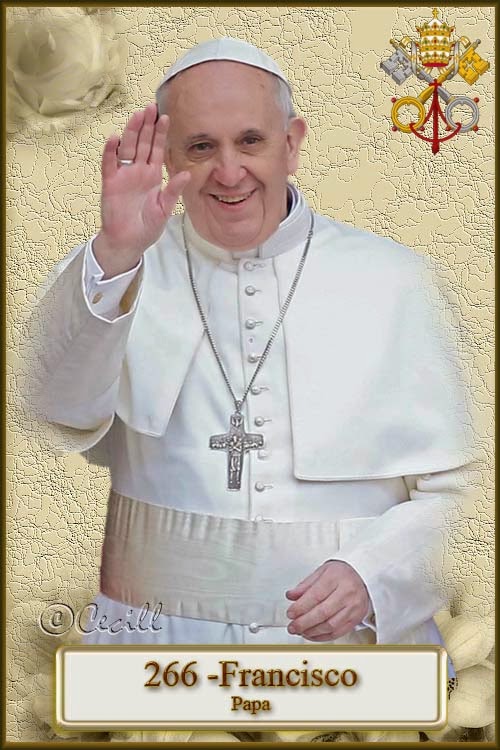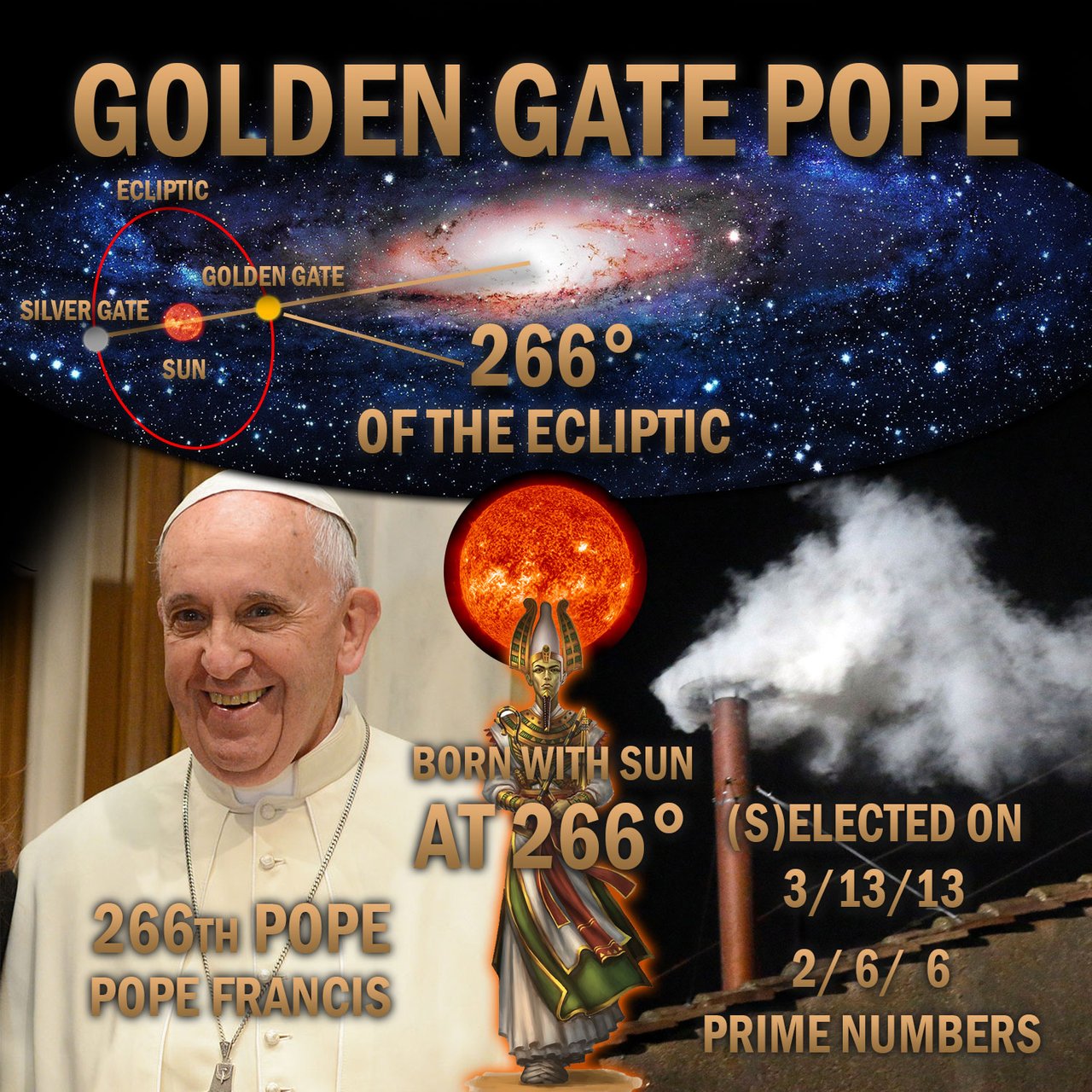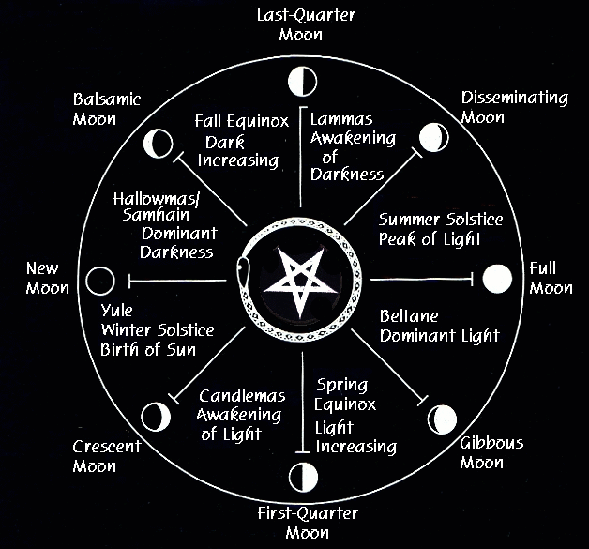|
|
HECHOS 12:12 -JUAN MARCOS ES EL GRIAL: CONEXION 33, SERPIENTE, $,NUMERO 19, CESAR, SANTO GRIAL,SALOMON, EEUU,ROMA,ETC
Elegir otro panel de mensajes |
|
|
Juan
19:1 Así que, entonces tomó Pilato a Jesús, y le azotó.
19:2 Y los soldados entretejieron una corona de espinas, y la pusieron sobre su cabeza, y le vistieron con un manto de púrpura;
19:3 y le decían: ¡Salve, Rey de los judíos! y le daban de bofetadas. (¿Porque le llaman REY DE LOS JUDIOS y no REY DE ISRAEL? Es obvio que los romanos sabian a que HACIA REFERENCIA EL REINO DE ISRAEL)
19:4 Entonces Pilato salió otra vez, y les dijo: Mirad, os lo traigo fuera, para que entendáis que ningún delito hallo en él.
19:5 Y salió Jesús, llevando la corona de espinas y el manto de púrpura. Y Pilato les dijo: ¡He aquí el hombre!
19:6 Cuando le vieron los principales sacerdotes y los alguaciles, dieron voces, diciendo: ¡Crucifícale! ¡Crucifícale! Pilato les dijo: Tomadle vosotros, y crucificadle; porque yo no hallo delito en él. (Pilato al "lavarse las manos" aprobo la CRUCIFICCION AUNQUE AQUI HIPOCRITAMENTE QUIERE MANIFESTAR LO CONTRARIO)
19:7 Los judíos le respondieron: Nosotros tenemos una ley, y según nuestra ley debe morir, porque se hizo a sí mismo Hijo de Dios.
19:8 Cuando Pilato oyó decir esto, tuvo más miedo.
19:9 Y entró otra vez en el pretorio, y dijo a Jesús: ¿De dónde eres tú? Mas Jesús no le dio respuesta.
19:10 Entonces le dijo Pilato: ¿A mí no me hablas? ¿No sabes que tengo autoridad para crucificarte, y que tengo autoridad para soltarte?
19:11 Respondió Jesús: Ninguna autoridad tendrías contra mí, si no te fuese dada de arriba; por tanto, el que a ti me ha entregado, mayor pecado tiene.
19:12 Desde entonces procuraba Pilato soltarle; pero los judíos daban voces, diciendo: Si a éste sueltas, no eres amigo de César; todo el que se hace rey, a César se opone. ("AMIGO DE CESAR" es una expresion que tiene una PROFUNDIDAD ESOTERICA TERRIBLE. AMIGO ES UNA REFERENCIA AL PERRO/CAN MAYOR/SIRIO que es la CONSTELACION DEL PERRO. ES TAMBIEN POR ESTO QUE EL SEPTIMO MES GREGORIANO SE LLAMA JULIO EN HONOR AL CESAR. SIRIO ES EL SANTO GRIAL, PRIMERAMENTE JESUCRISTO Y LUEGO JUAN MARCOS COMO SU HIJO. ACONSEJO ESTUDIAR LA LANZA DE LONGINO. LA CRUCIFICCION DE CRISTO ESTA 100% CONECTADA CON EL ASESINATO DE JULIO CESAR EN EL AÑO 44 AC, JUSTAMENTE EL 15 DE MARZO, UNA REFERENCIA A JUAN 21:11 EN EL CONTEXTO A LOS 153 PECES O 15/3, QUE ES EL MISMO DIA DE SAN LONGINO ACTUALMENTE EN LA IGLESIA CATOLICA. CRISTO FUE CRUCIFICADO EL 15/3 PERO DEL AÑO 33 D.C. OSEA QUE ENTRE EL 44 A.C Y EL 33 D.C TENEMOS 76=19*4 AÑOS EXACTOS. OBSERVEN QUE ESTAMOS EN UN CAPITULO 19, NUMERO FUERTEMENTE RELACIONADO CON LA SERPIENTE E INCLUSO CON LA LETRA S UBICADA EN EL 19 LUGAR EN EL ALFABETO INGLES, QUE NO ES CASUALIDAD, SINO QUE CAUSALIDAD. EL MARCO DE LA CRUCIFICCION DEL SEÑOR AL ASESINATO DEL CESAR ES UNA REFERENCIA ESOTERICA A JUAN MARCOS, EN EL MARCO AL ASESINO DEL MISMO QUE FUE MARCO JUNIO BRUTO Y QUE TOMO EL PODER DE ROMA MARCO ANTONIO. ES IMPRESIONANTE LA PROFUNDIDAD DE LA TORA. TODO ES KAVALA, MATEMATICAS, ASTRONOMIA, ETC,ETC.).
19:13 Entonces Pilato, oyendo esto, llevó fuera a Jesús, y se sentó en el tribunal en el lugar llamado el Enlosado, y en hebreo Gabata. 19:14 Era la preparación de la pascua, y como la hora sexta. Entonces dijo a los judíos: ¡He aquí vuestro Rey! (Burlonamene PILATO niega que JESUCISTO TAMBIEN SEA SU REY. PILATO CONSPIRO CONTRA JESUCRISTO PORQUE DEFENDIO A SU FALSO CESAR QUE EN ESE MOMENTO ERA TIBERIO. AQUI HUBO UNA CLARA CONSPIRACION POLITICA DE ROMA)19:15 Pero ellos gritaron: ¡Fuera, fuera, crucifícale! Pilato les dijo: ¿A vuestro Rey he de crucificar? Respondieron los principales sacerdotes: No tenemos más rey que César. (Vuelve PILATO A BURLARSE NEGANDO EL IMPERIO DE CRISTO. LOS JUDIOS IRONICAMENTE LE RESPONDEN QUE SU REY ES EL CESAR)19:16 Así que entonces lo entregó a ellos para que fuese crucificado. Tomaron, pues, a Jesús, y le llevaron. 19:17 Y él, cargando su cruz, salió al lugar llamado de la Calavera, y en hebreo, Gólgota; 19:18 y allí le crucificaron, y con él a otros dos, uno a cada lado, y Jesús en medio. 19:19 Escribió también Pilato un título, que puso sobre la cruz, el cual decía: JESÚS NAZARENO, REY DE LOS JUDÍOS. (PILATO NO PUSO "REY DE ISRAEL". JACOB/ISRAEL ES SIMBOLIZADO POR LA ESTRELLA SIRIO EL LUCERO DE LA MAÑANA O LUCERO DEL ALBA)19:20 Y muchos de los judíos leyeron este título; porque el lugar donde Jesús fue crucificado estaba cerca de la ciudad, y el título estaba escrito en hebreo, en griego y en latín. 19:21 Dijeron a Pilato los principales sacerdotes de los judíos: No escribas: Rey de los judíos; sino, que él dijo: Soy Rey de los judíos. 19:22 Respondió Pilato: Lo que he escrito, he escrito. 19:23 Cuando los soldados hubieron crucificado a Jesús, tomaron sus vestidos, e hicieron cuatro partes, una para cada soldado. Tomaron también su túnica, la cual era sin costura, de un solo tejido de arriba abajo. 19:24 Entonces dijeron entre sí: No la partamos, sino echemos suertes sobre ella, a ver de quién será. Esto fue para que se cumpliese la Escritura, que dice: Repartieron entre sí mis vestidos, Y sobre mi ropa echaron suertes. Y así lo hicieron los soldados. 19:25 Estaban junto a la cruz de Jesús su madre, y la hermana de su madre, María mujer de Cleofas, y María Magdalena. 19:26 Cuando vio Jesús a su madre, y al discípulo a quien él amaba, que estaba presente, dijo a su madre: Mujer, he ahí tu hijo. (¿PORQUE JESUCRISTO LE LLAMA A SU MADRE MARIA MUJER? Es obvio que aqui NUESTRO SEÑOR LE ESTA HABLANDO A MARIA MAGDALENA)19:27 Después dijo al discípulo: He ahí tu madre. Y desde aquella hora el discípulo la recibió en su casa. (El discipulo es JUAN MARCOS. CASA/LINAJE)19:28 Después de esto, sabiendo Jesús que ya todo estaba consumado, dijo, para que la Escritura se cumpliese:Tengo sed. 19:29 Y estaba allí una vasija llena de vinagre; entonces ellos empaparon en vinagre una esponja, y poniéndola en un hisopo, se la acercaron a la boca. 19:30 Cuando Jesús hubo tomado el vinagre, dijo: Consumado es. Y habiendo inclinado la cabeza, entregó el espíritu.
EL NUMERO 19, KAVALISTICAMENTE, TIENE CONNOTACION DE LA UNION ENTRE EL HOMBRE Y LA MUJER
| The Number 19 - Physical Manifestation |
|

And Adam called his wife’s name Eve; because she was the mother of all living.
Genesis 3.20
Heaven and earth shall pass away: but my words shall not pass away.
Mark 13.31
The Number 19 is the Hexagon in the Hexagon/Star pair 19/37 which appears in the heart of Genesis 1.1 - the Creation Holograph:
|
The Heart

HaLev
|
|
|
19 = 5 + 12 + 2 (Ordinal Value) |
 |
| 37 = 5 + 30 + 2 (Standard Value) |
|
|
|
|
|
|
POPE NUMBER 266
9 LUNAR MONTHS=266 DAYS
FR-ANC-ISCO / J-ANUK-A
1/1-23/9 GREGORIAN CALENDAR=266 DAYS
266 DAYS=19*2*7 DAYS (SATURDAY)=WOMAN IN PREGNANT=LUNAR PHASE (36=4*9) (1+2+3+4+...36=666)
10/3-30/11 (JANUKAH=JOHN 10 22=24/9-KISLEV HAGGAI 2 10 )=266 DAYS
10 On the twenty-fourth day of the ninth month, in the second year of Darius, the word of the Lord came by Haggai the prophet, 11 “Thus says the Lord of hosts: Ask the priests about the law: 12 ‘If someone carries holy meat in the fold of his garment and touches with his fold bread or stew or wine or oil or any kind of food, does it become holy?’” The priests answered and said, “No.” 13 Then Haggai said, “If someone who is unclean by contact with a dead body touches any of these, does it become unclean?” The priests answered and said, “It does become unclean.” 14 Then Haggai answered and said, “So is it with this people, and with this nation before me, declares the Lord, and so with every work of their hands. And what they offer there is unclean. 15 Now then, consider from this day onward. Before stone was placed upon stone in the temple of the Lord, 16 how did you fare? When one came to a heap of twenty measures, there were but ten. When one came to the wine vat to draw fifty measures, there were but twenty. 17 I struck you and all the products of your toil with blight and with mildew and with hail, yet you did not turn to me, declares the Lord. 18 Consider from this day onward, from the twenty-fourth day of the ninth month. Since the day that the foundation of the Lord's temple was laid, consider: 19 Is the seed yet in the barn? Indeed, the vine, the fig tree, the pomegranate, and the olive tree have yielded nothing. But from this day on I will bless you.”

 |
|
|
|
|


The letter S is the 19th letter of the Latin alphabet and the English alphabet. It is also used in other Western European languages and other Latin alphabets.
   
POPE NUMBER 266
9 LUNAR MONTHS=266 DAYS
FR-ANC-ISCO / J-ANUK-A
1/1-23/9 GREGORIAN CALENDAR=266 DAYS
266 DAYS=19*2*7 DAYS (SATURDAY)=WOMAN IN PREGNANT=LUNAR PHASE (36=4*9) (1+2+3+4+...36=666)
10/3-30/11 (JANUKAH=JOHN 10 22=24/9-KISLEV HAGGAI 2 10 )=266 DAYS
10 On the twenty-fourth day of the ninth month, in the second year of Darius, the word of the Lord came by Haggai the prophet, 11 “Thus says the Lord of hosts: Ask the priests about the law: 12 ‘If someone carries holy meat in the fold of his garment and touches with his fold bread or stew or wine or oil or any kind of food, does it become holy?’” The priests answered and said, “No.” 13 Then Haggai said, “If someone who is unclean by contact with a dead body touches any of these, does it become unclean?” The priests answered and said, “It does become unclean.” 14 Then Haggai answered and said, “So is it with this people, and with this nation before me, declares the Lord, and so with every work of their hands. And what they offer there is unclean. 15 Now then, consider from this day onward. Before stone was placed upon stone in the temple of the Lord, 16 how did you fare? When one came to a heap of twenty measures, there were but ten. When one came to the wine vat to draw fifty measures, there were but twenty. 17 I struck you and all the products of your toil with blight and with mildew and with hail, yet you did not turn to me, declares the Lord. 18 Consider from this day onward, from the twenty-fourth day of the ninth month. Since the day that the foundation of the Lord's temple was laid, consider: 19 Is the seed yet in the barn? Indeed, the vine, the fig tree, the pomegranate, and the olive tree have yielded nothing. But from this day on I will bless you.”


|
|
|
 Primer Primer
 Anterior
201 a 215 de 215
Siguiente Anterior
201 a 215 de 215
Siguiente
 Último
Último

|
|
| |
|
|
©2025 - Gabitos - Todos los derechos reservados | |
|
|

